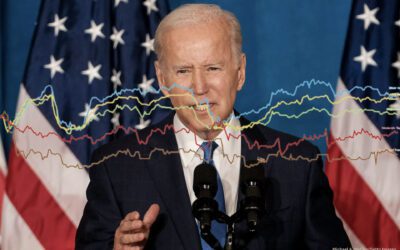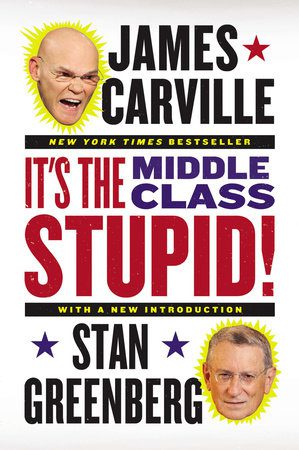The final debate was a very good night for Hillary Clinton. Live dial meter focus groups conducted on behalf of Women’s Voices Women Vote Action Fund reveal Clinton won the night 57 to 26 percent. She achieved this by her clarity of plans and self-confidence, by focus on the middle class, the economy and taxes, and appointing Supreme Court justices that would look out for everyone not just the rich, and by standing up for the rights of women.[1]
With just 19 days until the election on the night of the final debate, voters were moving toward final judgements about their presidential choice. At the end of the night, Trump’s supporters were 6 points less certain in their vote and he made almost no gain across a vast range of personal attributes. His refusal to accept the results of the election stopped the dials. Nonetheless, he did get some response from the white working class persuadables in this dial test and did get some additional vote support here.
His lowest points in the night came when Trump was given the opportunity to address the biggest doubts about him, from concerns about his fitness to serve and allegations of sexual assault to his bromance with Putin and his capacity to handle nuclear weapons. Clinton’s approach – pivoting on Trump’s liabilities to offer positive, unifying, hopeful messages about American values and a fairer future for everyone – had the opposite effect and created some of the strongest moments in the dials.
At the end of the dials, many described her as honest, for the middle class and having clear plans for the future – and said these were the best reason to support her.

Clinton provided the clearest contrast yet in the campaign and made “stand[ing] up for families against powerful interests, against corporations” so the economy works for everyone the mission and mandate for her presidency if elected. It is hard to underemphasize how much Hillary Clinton spoke about the middle class and the size of her gains on “looks out for the middle class” – up 14 points at the end of the survey. She also made dramatic 22 point gains in her margin over Trump on who would do a better job looking out for the middle class and handling the economy. She also built a 10 point advantage over Trump on not being beholden to special interests.

Her 30 year history lesson on her commitment to fighting for people, while Trump fought for himself, was successful and Trump’s rebuttal focused on assuring voters of the size of his father’s seed funding once again did him a disservice: the dials went from high highs to low lows in a matter of seconds. The result was impressive and perhaps defining shifts on honest and being trustworthy. She gained 11 points to 48 percent saying she was “honest and trustworthy.” That is why Clinton’s personal favorability rose 19 points. It is hard to imagine Clinton’s performance does not produce a more favorable public image in the period ahead. Maybe the pundits will not be able to focus so much on the two unpopular candidates.
The most important result may be the potential impact on down ballot contests. The Democratic Senate vote in the battleground states shifted from 46 percent to 55 percent over the course of the debate. Voters came out of the debate with a reason to vote for Clinton but perhaps for other Democrats too.
[1] Democracy Corps conducted online dial meter research among 140 likely voters nationally during the third presidential debate: 19 white millennials, 27 minority millennials, 48 white non-college persuadable voters, 28 white unmarried women, and 17 Clinton voters who were splitting their ticket in Senate races in battleground states. Surveys were administered before and after the live dial meter session. An online breakout focus group among those who shifted their vote to the Democratic candidate down-ballot was conducted after the debate. This research is qualitative in nature and involves 140 total participants. Results are not statistically projectable onto a larger population.




